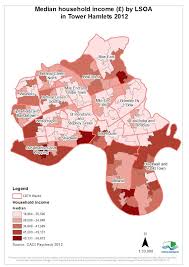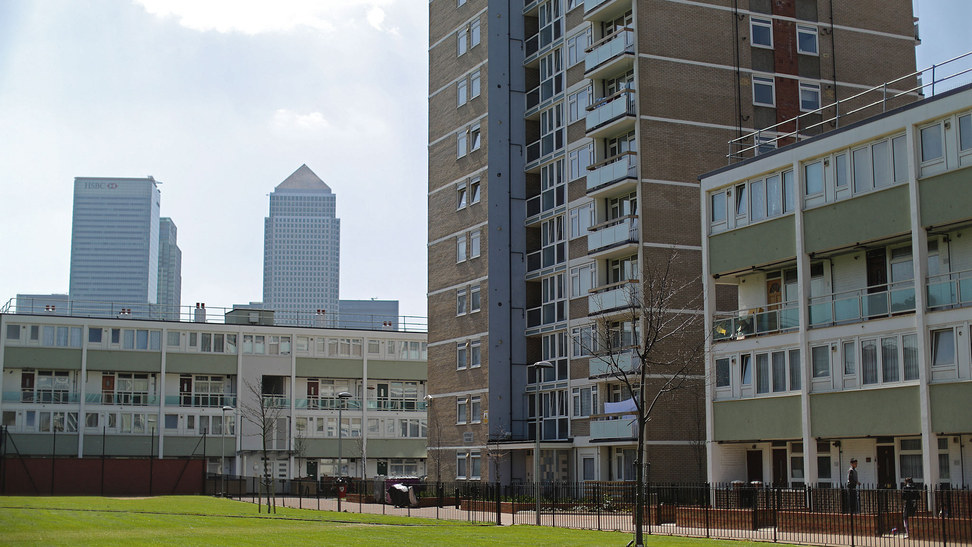New Research from the New Policy Institute and Trust for London shows that Low Pay in London is at an all time high. With almost 1 in 5 workers in Tower Hamlets at in low pay poverty trap. 19% of workers who live in Tower Hamlets are low-paid, which is lower than the London average of 23% and makes Tower Hamlets the joint 10th best borough on this measure (with Southwark).
New analysis from New Policy Institute and Trust for London gives the latest data on low pay in Tower Hamlets and the rest of the capital. The full figures with graphs are available on the London’s Poverty Profile website, which provides an independent source of data on London’s social issues.
- Low-paid jobs by borough, which is the percentage of employee jobs based in Tower Hamlets that pay below the London Living Wage. The people doing these jobs will be a mix of residents and those who travel to the borough from elsewhere.
- Low-paid residents by borough, which is the percentage of Tower Hamlets residents who work in low-paid jobs. Some of these jobs will be based in Tower Hamlets and the rest will be based in other London boroughs.
Low-paid jobs
In 2018, the proportion of jobs based in London that were low-paid was 20%, around 820,000 jobs. This represents a one percentage point increase from 2017, and means the proportion of jobs in London paid below the London Living Wage is now higher than it has ever been.
However, only 11% of jobs based in Tower Hamlets are low-paid, which is significantly lower than the London-average of 20% and lowest of any borough in London. This is because Tower Hamlets is an Inner London borough and Inner London boroughs contain large business districts such as Canary Wharf and the City, which have few low paid jobs.

Low-paid residents
In 2018, just over one in five employees who live in London (23%) were low-paid. This is a two-percentage point increase on 2017. The proportion of Londoners who are low-paid has now increased back to the levels seen before the introduction of the government’s ‘National Living Wage’ in 2016.
The number of Londoners paid below the London Living Wage was 760,000 in 2018, an increase of 60,000 on 2017 and the highest number of low-paid employees recorded.
19% of workers who live in Tower Hamlets are low-paid, which is lower than the London average of 23% and makes Tower Hamlets the joint 10th best borough on this measure (with Southwark).
In Tower Hamlets the percentage of residents who are low-paid (19%) is higher than the percentage of jobs that are low-paid (11%) because many of the high paying jobs in the borough are taken by people who do not live in the borough.
The full data is on the London’s Poverty Profile website.

Commenting on the data, Director of Policy at Trust for London Manny Hothi, said:
“We all want to live in a society where people have enough to get by and are not swept along by the currents of poverty. Whilst the rates of low pay in Tower Hamlets are lower than the London average, almost 1 in 5 residents are on wages that are not enough to make ends meet.
“We need to reduce the costs of housing, childcare and transport, whilst also increasing incomes. Co-ordinated action from local businesses, councils and the GLA is needed to ensure that more employers in Tower Hamlets, and across London, are paying workers at least the real Living Wage. This will make a real difference.
“Those organisations who want to pay their employees a fair wage but need help to get there, can get advice and support from the Living Wage Foundation and the Better Work Network.”
Notes
- NB. These estimates differ slightly from a user-requested data release by the ONS for 2016 and 2017. The ONS has access to more detailed data than these estimates, but calculating our own figures allows us to use more comparisons across time and for different types of geography (for example, residence-based low pay rates).
- This analysis looks only at employees, and not the self-employed.
- The low pay figures are based on the number of people being paid below the 2017-2018 London Living Wage rate of £10.20. This week a new rate for 2018-2019 has been announced and accredited Living Wage Employers will have 6 months to implement this.
- About NPI. The New Policy Institute is an independent think-tank. It carries out evidence-based research on a range of social policy issues.
- Trust for London is an independent charitable foundation that exists to reduce poverty and inequality. It does this by funding the voluntary and community sector, commissioning research, and sharing expertise and knowledge. Annually, they provide about £8 million in grants and at any one point are supporting some 400 organisations

“Money, it’s a crime
Share it fairly, but don’t take a slice of my pie
Money, so they say
Is the root of all evil today
But if you ask for a rise
It’s no surprise that they’re giving none away
Away, away, away
Away, away, away “
Money – Dark Side of the Moon – Pink Floyd 1st of March 1973


Recent Comments